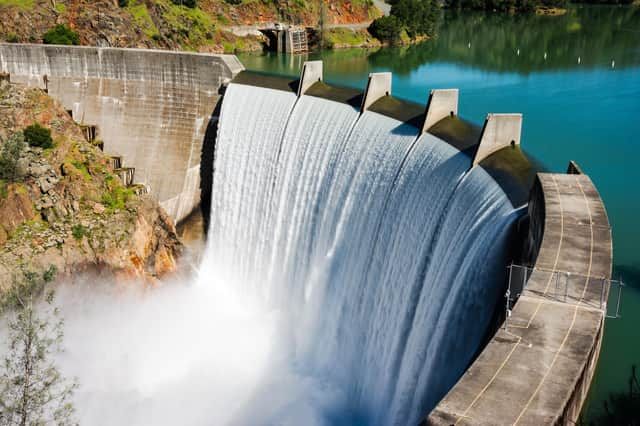Going Green


On April 15 at 1pm, Great Britain achieved a new low carbon intensity record of 19gCO2/kWh, which is the amount of carbon pollution produced per unit of electricity generated, which has beaten the previous record which was set on April 5 of 21gCO2/kWh.
Polluting fossil fuels only generated 2.4 per cent of the electricity that day – a record low and it’s a huge milestone in clean energy provision for this country and definitely something worth shouting about. In 2009, some 74 per cent of GB electricity was coming from fossil fuels and only two per cent was coming from renewable sources so it is a huge turnaround in electricity used.
Advertisement
Hide AdAdvertisement
Hide AdWhile the UK still has even more huge potential for clean energy, we’re not alone in setting records for energy generation that doesn’t use coal, oil and gas.
California in the USA has long championed a clean energy model and has invested in the giestechnolo in a big way and they were able to celebrate their own record last month too.
For 30 days in a 38 day stretch in March and April, California supplied 100 per cent of its energy demand with renewable energy.
While the provision wasn’t 24 hours a day, the time periods ranged from 15 minutes to six hours daily.
Advertisement
Hide AdAdvertisement
Hide AdStanford’s Professor Mark Jacobson tracked the milestone to demonstrate that the state is moving towards clean energy provision and to show the fact that there will come a day when 100 percent of the Golden state’s energy demand will be met by renewable sources 24 hours a day.
There are plenty of other countries using green energy sources too.
Albania and Paraguay obtain all of their electricity from hydro electric energy, Iceland uses 72 percent hydroelectric and 28 percent geothermal.
There are plenty of plans for other countries and cities to follow suit too. Cities like Paris and Strasbourg intend to use entirely renewable sources by 2050.
Bhutan doesn’t have a single fossil fuel power plant.
Meanwhile China is investing in clean energy too.
Advertisement
Hide AdAdvertisement
Hide AdIn 2022 it invested over 270 billion US dollars, while Europe contributed roughly 54 billion dollars to sustainable energy technologies.
It can feel like there’s lots more to be done when it comes to moving away from our dependence on fossil fuels and there definitely is but there are countries, states and regions who are doing brilliant work already and we should celebrate these achievements as they bring us hope that we can do even more to tackle global warming.